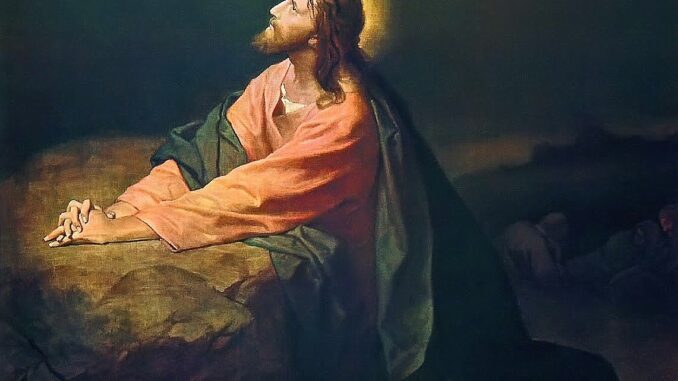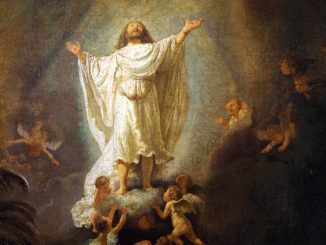
39 And he came out, and went, as he was wont, to the mount of Olives; and his disciples also followed him. 40 And when he was at the place, he said unto them, Pray that ye enter not into temptation. 41 And he was withdrawn from them about a stone’s cast, and kneeled down, and prayed, 42 Saying, Father, if thou be willing, remove this cup from me: nevertheless not my will, but thine, be done. 43 And there appeared an angel unto him from heaven, strengthening him. 44 And being in an agony he prayed more earnestly: and his sweat was as it were great drops of blood falling down to the ground.
This is the record of our Savior’s Gethsemane experience. Like a bright lamp, this Scripture shines amid the olive trees of that garden — to show us the path to comfort in our time of sorrow. Never before nor since, has there been such grief as the Redeemer’s that night — but He found comfort in His prayer. His agony lessened as He prayed, until at last its bitterness was all gone — and sweet, blessed peace took its place.
The “gate of prayer” is one of comfort. There is no other place for true comfort and help. We learn from our Lord’s Gethsemane agony — how to pray in our own Gethsemanes.
God never blames us for asking to have the bitter cup removed, nor for the intensity of our prayers; but we must always pray with submission to His will. When we sincerely pray, “not my will, but thine, be done” — comfort comes, and then peace.
J.R. Miller was a pastor and former editorial superintendent of the Presbyterian Board of Publication from 1880 to 1911. His works are now in the public domain.



